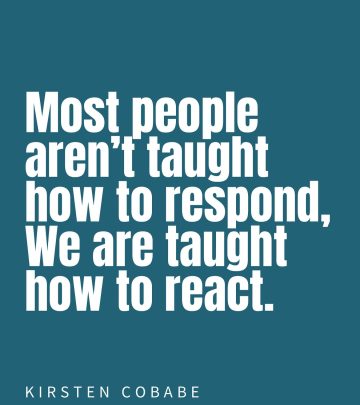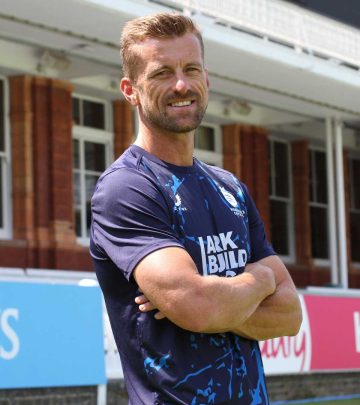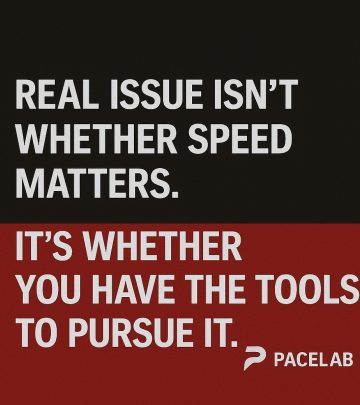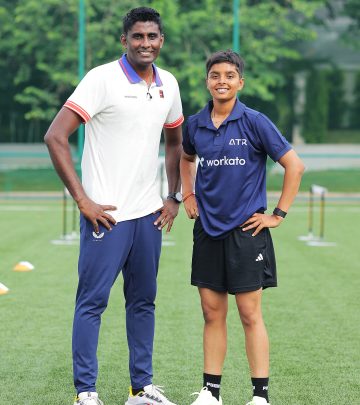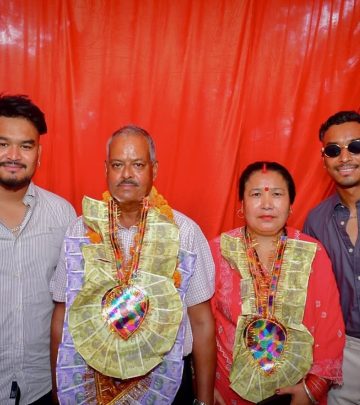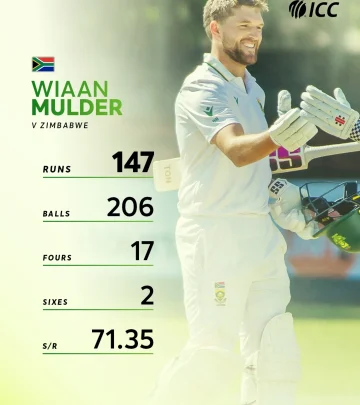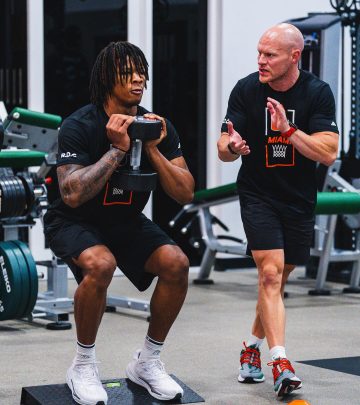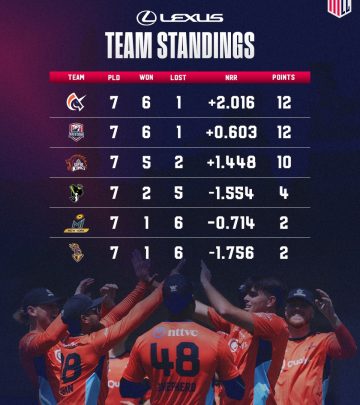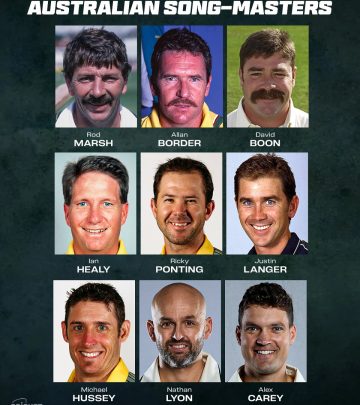Fast Bowling Training Phases Demystified
Train Smart With Biomechanics, Targeted Phases, Expert Techniques For Fast Bowling Mastery
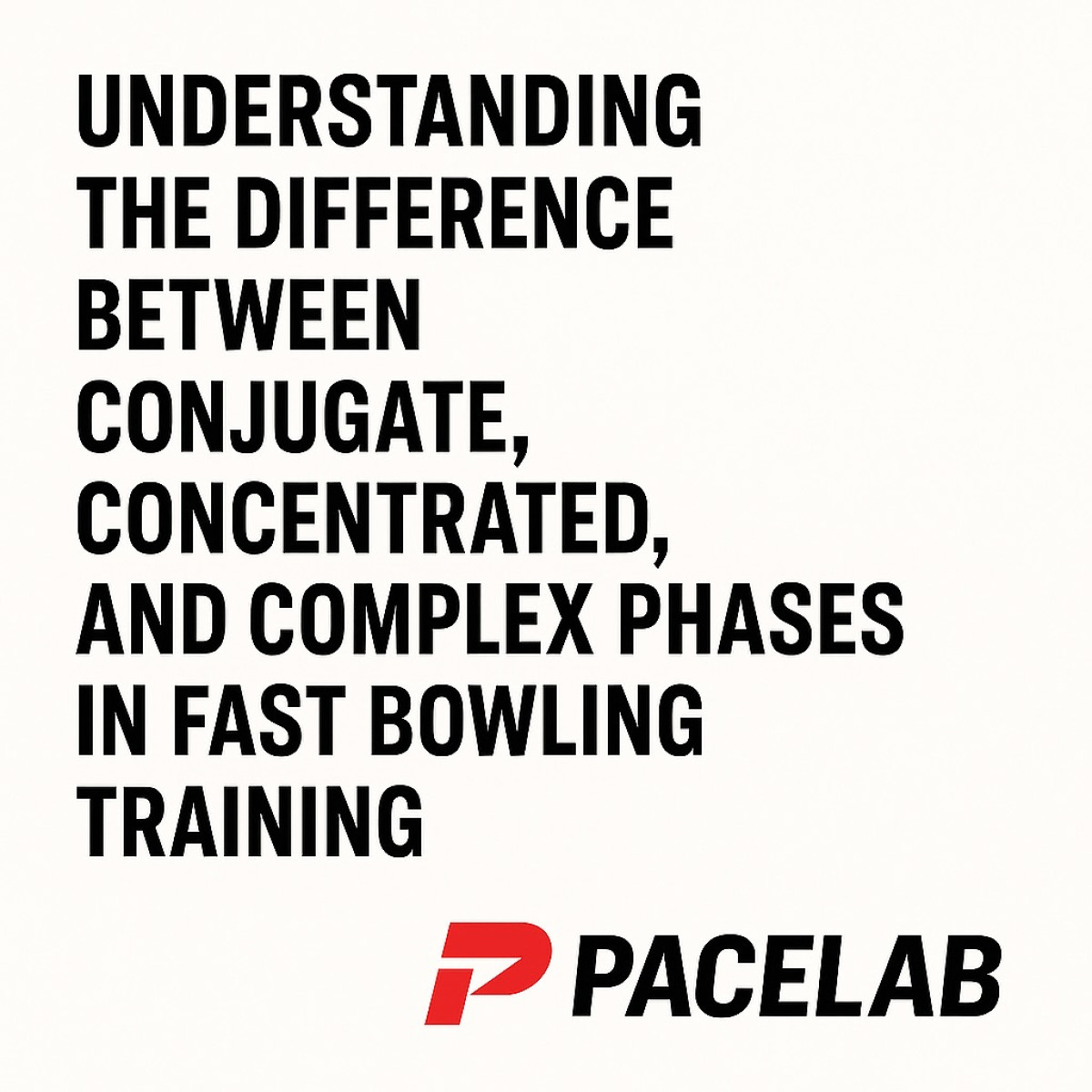
Image: Instagram
Fast bowling in cricket has long been a blend of art and science – and innovative training systems are now rewriting the rulebook. At the forefront of this revolution is PaceLab Limited, whose science-based programming has thrown open the doors to structured, efficient fast bowling training. By dividing the training cycle into three distinct phases – Conjugate, Concentrated, and Complex – PaceLab’s system ensures that each session is purposeful and designed to maximize performance while avoiding the pitfalls of fatigue and stagnation.
Starting with a robust philosophy, PaceLab emphasizes that how a week is structured is equally critical as the training itself. Misaligned workloads can lead to fatigue and poor transfer of skills, stunting an athlete’s progress. As a result, the program’s design intricately balances load with recovery by spread‐out sessions that cover speed, strength, skill, and energy systems.
Conjugate Phase
In the Conjugate Phase, bowlers train all capacities within the span of a single week. This phase is built on the principle of high-low alternation, ensuring that two high-central nervous system (CNS) stress sessions are never scheduled back-to-back. Workouts are divided between high-intensity sessions – such as sprinting, weighted ball bowling, and heavy lifting – and low-intensity tasks, including aerobic work and high-rep skill grooving.
This alternating model is designed to match CNS stress and optimize recovery over each 48-hour cycle. The careful budgeting of exertion means that every primary session is approached with 100% intent. When executed properly, each rep in this phase moves the bowler steadily closer to peak speed, refined skill, and resilience, forming a robust foundation for further specialization.
Concentrated Phase
The second phase, termed Concentrated, has bowlers focus on one primary quality at a time – usually speed or skill. Here, the rule is simple: never burn the candle from both ends. For instance, if the morning session is dedicated to high-speed bowling or sprinting, the afternoon is reserved for soft-tissue focused recovery, allowing the body to recover while gently reinforcing technique.
With a scheduling pattern of two days on followed by one day off and a 24-hour gap between high-stress sessions, this phase is tailored to facilitate high-quality repetitions without neural fatigue. The concentrated approach ensures that every replication of a bowling action retains its quality and precision – a critical factor when the goal is long-term performance and injury prevention. The phrase “Structure is the silent coach” resonates strongly here as every minute of focused practice is methodically planned.
Complex Phase
The Complex Phase amalgamates all elements – sprinting, lifting, and bowling – into one intensive training day. Intended to simulate match intensity, the training is followed by a full recovery day dedicated to soft tissue, aerobic work, and isometric holds. This rhythm of stress followed by comprehensive restoration proves ideal for those seeking peak adaptation and end-stage transmutation.
Within this framework, athletes are pushed to their limits on the intensive day, after which the body is given time to rebuild and consolidate improvements. This cyclic approach is critical for dynamic sports like cricket where endurance and precision under fatigue are equally important.
PaceLab’s training philosophy is not just about raw physical exertion. It’s governed by detailed programming that quantifies every aspect of performance – from rate and magnitude to accuracy and duration. Grounded in biomechanics, human movement science, dynamic systems theory, and strength and conditioning principles, the system offers a data-driven method to track progress. The scientific underpinning is reinforced by current research, such as the Challenge Point Framework, which advocates that athletes learn best when the difficulty level is optimally challenging.
A key figure championing this innovative approach is Steffan Jones. Known for his expertise in fast bowling training, Steffan, whose biography is detailed on Wikipedia, has used these principles to develop exclusive membership benefits. His new fast bowling membership offers include groundbreaking tools like the unreleased Fast Bowlers Manual, discounted subscription rates, and early access to the revolutionary Pacelab App – an all-in-one solution for workload management and autoregulation. These exclusive offers highlight the system’s commitment to tailoring training regimens that are both scientifically sound and practically effective.
The integration of these phases into a seamless training plan represents the modern approach to athletic conditioning. Coaches and bowlers alike are encouraged to abandon cookie-cutter programs in favor of individualized, data-driven progressions that emphasize quality over quantity. The benefits are clear: reduced injury risk, improved speed retention, and more robust performance during long matches.
The PaceLab system demonstrates that fast bowling isn’t simply about chasing raw speed; it’s about sculpting a performance package that can be maintained under pressure. By focusing on specialized phases and scientifically informed recovery, bowlers can break through traditional training plateaus and achieve consistent improvement. And while the nuances of conjugate, concentrated, and complex phases might seem daunting at first, the underlying message is straightforward – a well-structured training week is the secret to unlocking peak performance.
As fast bowling continues to evolve, systems like PaceLab’s not only enhance athletic performance but also redefine how coaches and players approach skill development. The fusion of expert technique, targeted workload management, and cutting-edge biomechanics makes this program a true game-changer in the world of cricket training.
Read full bio of Joyce



